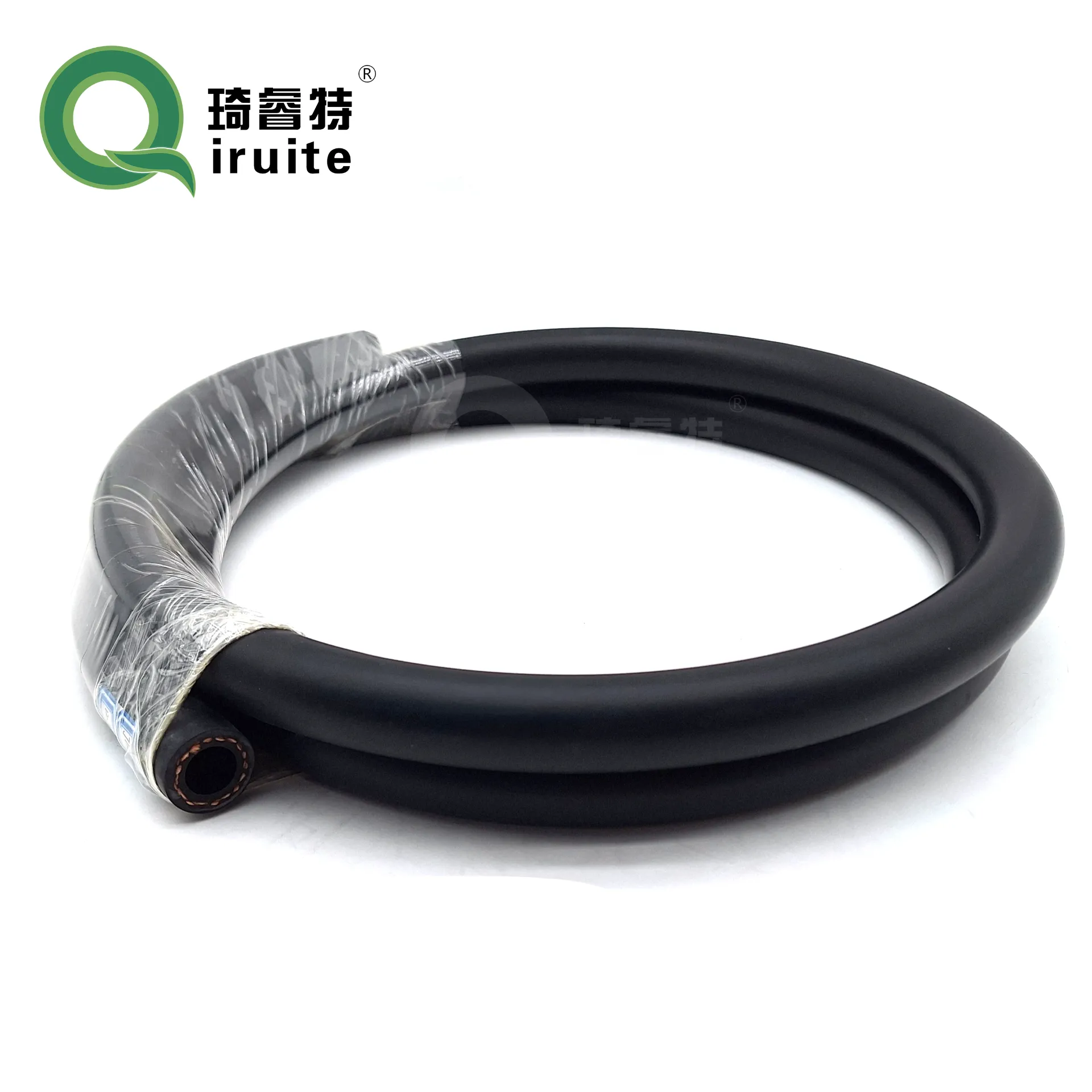Power Steering Hose Seal Maintenance and Replacement Guide for Optimal Vehicle Performance
Understanding Power Steering Hose Seals
Power steering systems are an essential aspect of modern automobiles, providing drivers with effortless steering capabilities. One critical component of this system is the power steering hose, which transports hydraulic fluid from the pump to the steering mechanism. Within the power steering assembly, the seals that line these hoses play a crucial role in ensuring that the system functions efficiently and safely. This article will explore the importance of power steering hose seals, their types, common issues, and maintenance tips.
The Importance of Power Steering Hose Seals
Power steering hose seals serve as barriers that prevent hydraulic fluid from leaking out of the hoses and connections. The effectiveness of these seals directly impacts the overall performance of the power steering system. If the seals fail, it can lead to a decrease in fluid pressure, resulting in hard steering, increased wear on components, and potential damage to the steering pump. Furthermore, leaks can create environmental hazards, contributing to fluid spills and potential fire risks if the fluid contacts hot engine components.
Types of Power Steering Hose Seals
Various types of seals are used in power steering hose systems, depending on the design of the system and the materials involved. Some common types include
1. O-rings These circular rubber seals are commonly used to prevent leaks in hose connections and fittings. They are simple to install and provide effective sealing capabilities under varying pressure conditions.
2. Flat seals Often made from rubber or composite materials, flat seals are used in spaces where a flat surface is available. They are effective for sealing larger gaps and can contribute to overall system integrity.
3. Lip seals These seals have a lip that extends outwards, designed to seal dynamically moving parts. They are particularly useful in high-pressure applications, providing a reliable barrier against fluid leaks.
4. Crimped or molded seals In some instances, the hose assembly incorporates seals that are crimped or molded into place, creating a permanent seal. These are typically used in high-performance applications where reliability is paramount.
Common Issues with Power Steering Hose Seals
Several issues can arise with power steering hose seals, which can significantly impact the performance of the steering system. Some common problems include
power steering hose seals

- Wear and Tear Over time, seals can degrade due to exposure to heat, pressure, and hydraulic fluids. This wear can lead to cracks and leaks, resulting in a loss of fluid and decreased steering performance.
- Improper Installation If seals are not installed correctly, it can lead to misalignment and eventual failure. This is often seen in DIY repairs where proper tools and techniques are not utilized.
- Compatibility Issues Using the wrong type of seal or one made from an incompatible material can lead to rapid degradation and leaks. Always ensure that replacement seals match the specifications of the original equipment manufacturer (OEM).
Maintenance Tips for Power Steering Hose Seals
To ensure the longevity and effectiveness of power steering hose seals, consider the following maintenance tips
1. Regular Inspections Periodically check the power steering hoses and seals for signs of wear, cracking, or leaking. Early detection can prevent more severe problems down the line.
2. Use Quality Parts When replacing hoses or seals, always opt for high-quality components that meet OEM specifications. Inferior parts may save money initially but can lead to more extensive repairs in the future.
3. Maintain Fluid Levels Ensure that the hydraulic fluid levels are within the recommended range. Low fluid levels can cause increased strain on the hoses and seals, leading to premature failure.
4. Professional Service If you notice persistent issues with your power steering system, consult a professional mechanic. They can provide a thorough inspection and recommend necessary repairs or replacements.
Conclusion
Power steering hose seals are integral to the efficient operation of a vehicle's steering system. Understanding their importance, types, potential issues, and maintenance can help vehicle owners ensure a smooth and safe driving experience. By prioritizing proper care and timely replacements, drivers can enhance the longevity of their power steering systems and maintain optimal performance on the road.
-
Ultimate Spiral Protection for Hoses & CablesNewsJun.26,2025
-
The Ultimate Quick-Connect Solutions for Every NeedNewsJun.26,2025
-
SAE J1401 Brake Hose: Reliable Choice for Safe BrakingNewsJun.26,2025
-
Reliable J2064 A/C Hoses for Real-World Cooling NeedsNewsJun.26,2025
-
Heavy-Duty Sewer Jetting Hoses Built to LastNewsJun.26,2025
-
Fix Power Steering Tube Leaks Fast – Durable & Affordable SolutionNewsJun.26,2025

